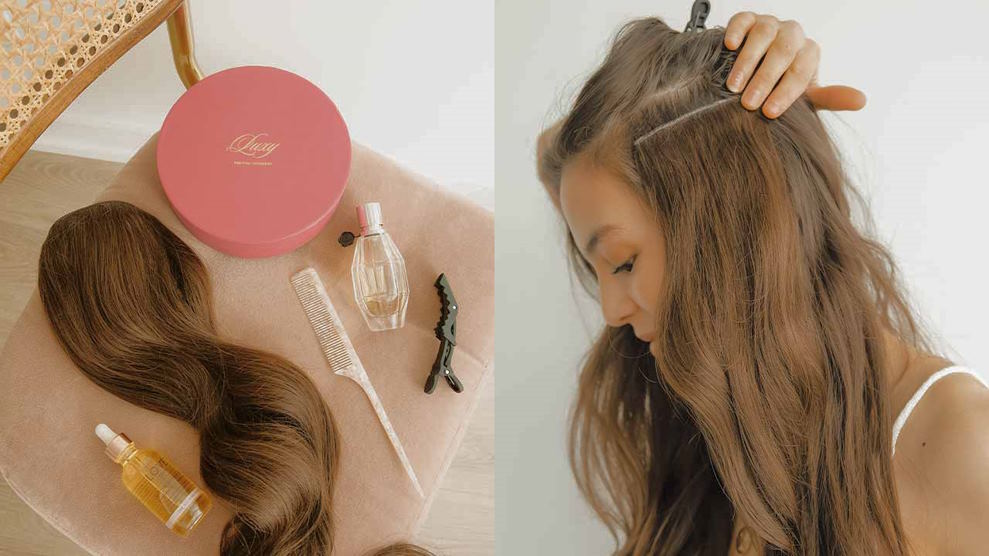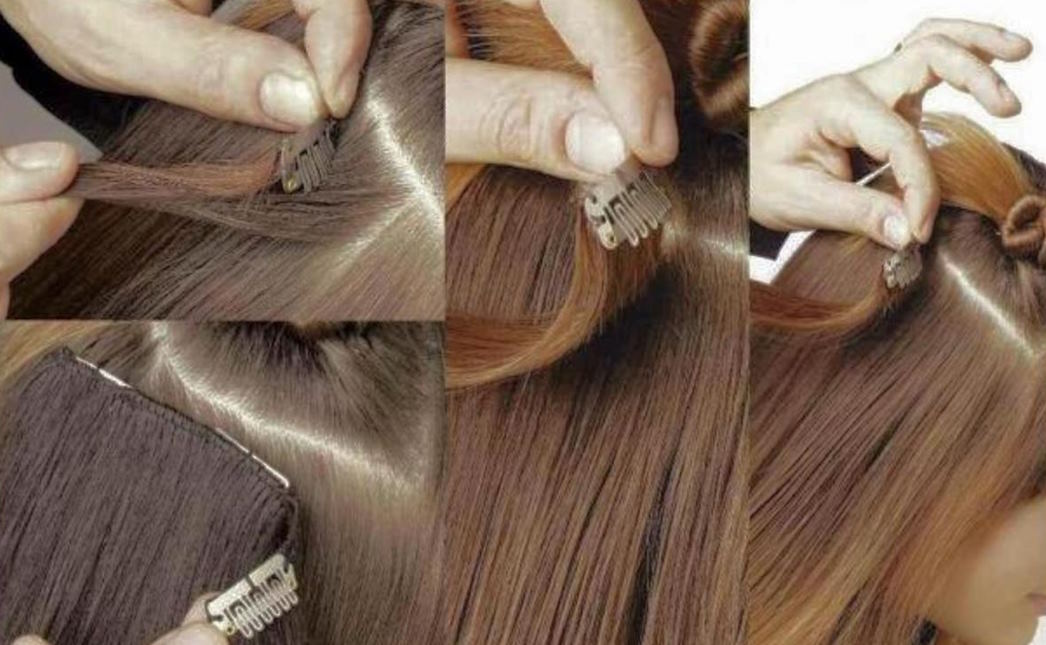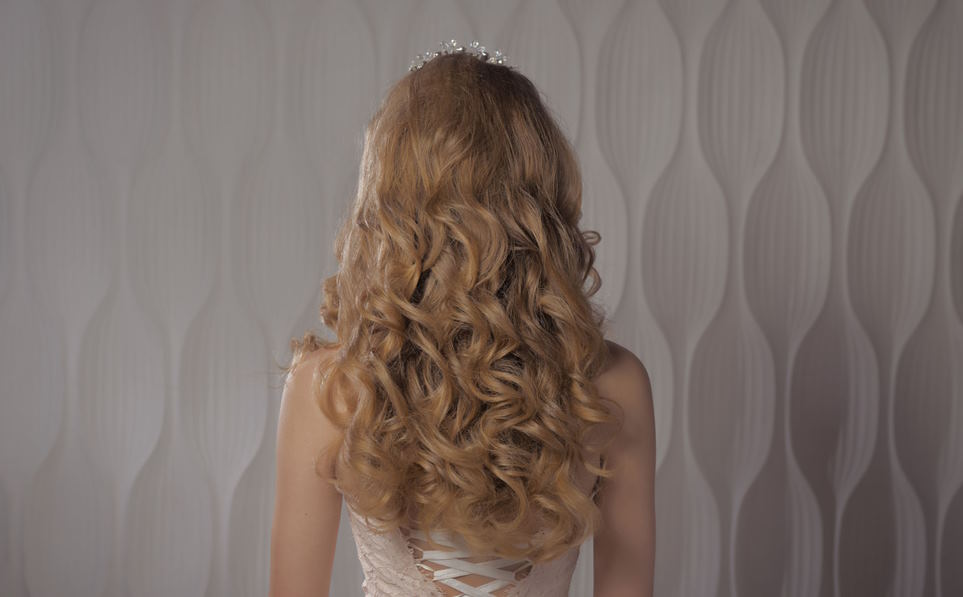
The Ultimate Guide to Hair Extensions: Types, Care, and Maintenance
- Published in Hair Care and Styling Tips
- Permalink
Have you ever wanted longer or fuller hair, but found yourself frustrated with how long it takes to grow out your natural locks? If so, hair extensions may be just the solution you need! Hair extensions come in a variety of types and can be a great way to enhance your natural hair, adding length, volume, and even color. However, choosing the right type of hair extension and properly caring for it can be a bit daunting if you’re new to the world of hair extensions. In this ultimate guide, we’ll explore the different types of hair extensions available, how to properly care for and maintain them, and provide tips for getting the most out of your hair extensions. Whether you’re a seasoned pro or a first-time user, this guide has everything you need to know about hair extensions.
Types of Hair Extensions
Hair extensions have become a popular solution for individuals who want to add length, volume, or color to their hair. With a variety of types of hair extensions available on the market, it can be overwhelming to choose which one is right for you. In this section, we will discuss the pros and cons of the most common types of hair extensions.
Clip-in Hair Extensions
Clip-in hair extensions are a temporary option that can be easily attached and removed without any professional help. These extensions come in a variety of lengths, colors, and textures, making them a versatile option for those who want to experiment with different hairstyles. Clip-in extensions are also affordable and easy to maintain. However, they may not be suitable for those with thin or fine hair, as the clips may be visible.
Tape-in Hair Extensions
Tape-in hair extensions are a semi-permanent option that lasts between six to eight weeks. They are attached to the natural hair using a special adhesive tape. Tape-in extensions are a good option for those with thin hair, as they lay flat against the scalp and are not bulky. However, they may require regular maintenance to avoid tangling, and they can be difficult to remove without professional help.
Weave Hair Extensions
Weave hair extensions are a popular option for those with coarse or curly hair. They are attached to the natural hair using a braiding technique and can last for up to six weeks. Weave extensions are also versatile, as they can be styled in various ways, including braids and updos. However, they may put tension on the scalp and cause discomfort, and they may require regular maintenance to prevent matting.

Micro-Link Hair Extensions
Micro-link hair extensions, also known as micro-bead extensions, are attached to the natural hair using small metal beads. They can last for up to three months and are a good option for those with fine or thin hair. Micro-link extensions are also versatile and can be styled in various ways. However, they can be difficult to remove without professional help, and the metal beads may cause discomfort or damage to the hair.
Fusion Hair Extensions
Fusion hair extensions are a semi-permanent option that lasts for up to six months. They are attached to the natural hair using a keratin glue. Fusion extensions are a good option for those with thick or coarse hair, as they blend well with the natural hair. However, they may cause damage to the natural hair if not attached properly, and they may require regular maintenance to avoid tangling.
Choosing the Right Hair Extension
Choosing the right hair extension can be a daunting task, with so many options available in the market. It’s important to consider several factors before making a decision, including your hair type, lifestyle, and budget.
- Hair Type
When choosing a hair extension, it’s essential to consider your hair type. The texture, length, and thickness of your hair will determine which hair extension type will work best for you. For instance, clip-in extensions are ideal for those with thick hair, while tape-in extensions are a better fit for individuals with thin hair.
- Lifestyle
Your lifestyle can also influence your choice of hair extension. If you lead an active lifestyle, you may want to opt for a hair extension type that can withstand physical activity and frequent washing. Similarly, if you have a busy schedule, you may want to choose a low-maintenance hair extension type that requires minimal upkeep.
- Budget
Hair extensions can be expensive, and it’s important to consider your budget before making a decision. Clip-in extensions are generally the most affordable option, while fusion extensions are the most expensive.
Tips for selecting the right color and length:
- Color
Choosing the right color for your hair extension is essential to achieve a natural look. You can match your natural hair color or opt for a shade that complements your skin tone. It’s also important to consider the color of the hair extension in different lighting, as natural and artificial lighting can affect the appearance of the hair extension.
- Length
The length of the hair extension is also an important factor to consider. If you’re looking to add volume to your hair, consider choosing a hair extension that is slightly longer than your natural hair length. On the other hand, if you’re looking to add length, opt for a hair extension that is several inches longer than your natural hair length.

Maintaining Hair Extensions
Maintaining hair extensions is crucial to prolong their life and keep them looking great. Here are some tips on how to maintain your hair extensions:
Lifespan of Hair Extensions
The lifespan of your hair extensions will depend on the type of extension you choose, the quality of the hair, and how well you take care of them. On average, hair extensions can last between six to twelve months, depending on how frequently you wear them and how well you maintain them. It’s important to replace your hair extensions once they start to look dull, dry, or damaged.
Storing Hair Extensions
Storing your hair extensions properly can help prolong their life. Before storing them, make sure they are clean and dry. You can store your hair extensions in their original packaging or in a plastic ziplock bag. Avoid storing them in a humid environment or where they can get tangled or crushed.
Common Mistakes to Avoid
Some common mistakes to avoid when maintaining your hair extensions include:
- Over-washing: Washing your hair extensions too often can strip them of their natural oils and make them dry and brittle. It’s recommended to wash them once every two weeks, or as needed.
- Using hot tools: Heat can damage hair extensions, so it’s important to use a heat protectant spray and avoid using hot tools too often. If you must use hot tools, use a low heat setting and avoid using them on wet hair extensions.
- Neglecting to brush: Brushing your hair extensions regularly can help prevent tangling and matting. Use a soft-bristled brush and start at the ends, working your way up to the roots.
- Sleeping with wet hair extensions: Sleeping with wet hair extensions can cause them to become tangled and matted. Make sure your hair extensions are dry before going to bed.
In conclusion, maintaining your hair extensions is essential to prolong their life and keep them looking great. By following these tips, you can ensure that your hair extensions remain in good condition and provide you with the desired look for as long as possible.
